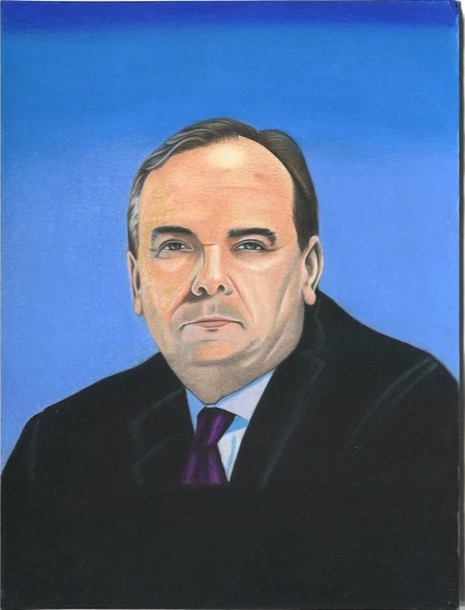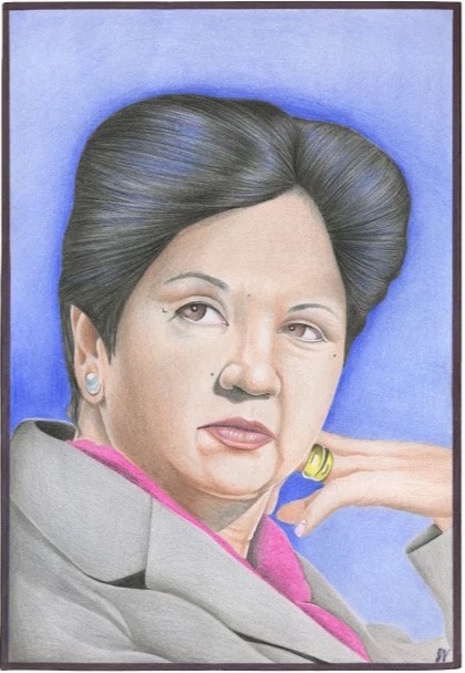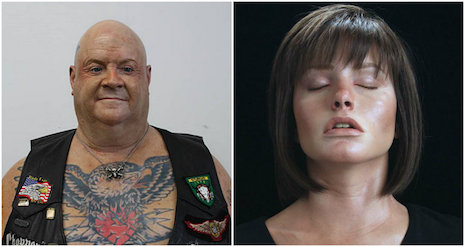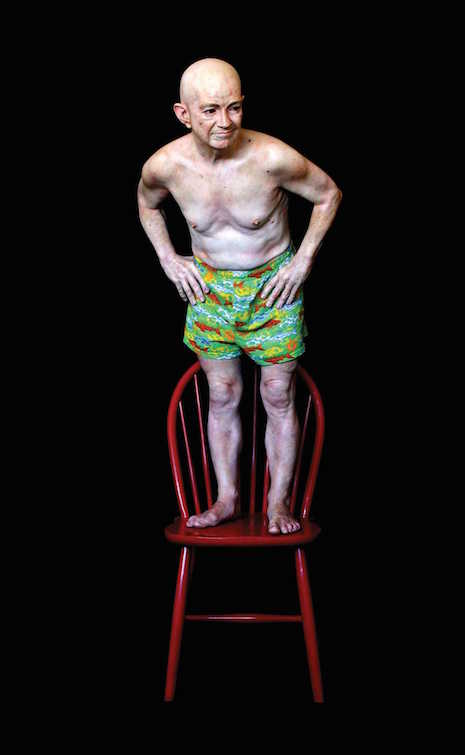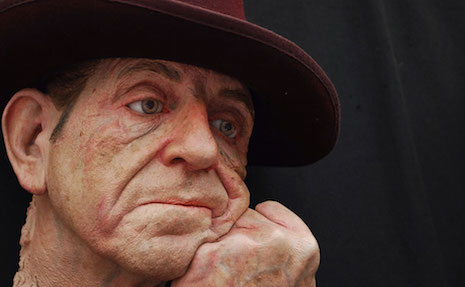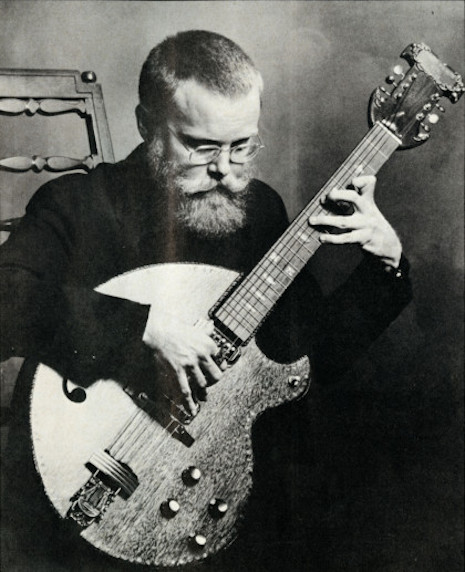
If you have any interest in the overlapping categories of psych, new age and private press LPs, you’ve probably noticed the mindbending artwork and extraordinary claims printed on Master Wilburn Burchette’s record jackets. Playing a homemade guitar built of six different types of wood, Burchette proselytized a new-but-ancient type of music he claimed to have discovered called Impro. “IMPRO’S TRANSCENDENTAL TONE SCALE TAKES YOU INTO THE FRONTIERS OF HUMAN EXPERIENCE,” the cover of Occult Concert, Burchette’s debut, promised. “EXPLORE THE UNKNOWN BEHIND YOUR CONSCIOUS MIND WITH THE IMPRO GUITAR OF WILBURN BURCHETTE.”
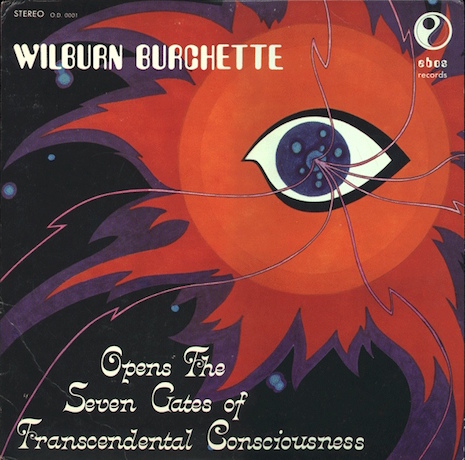
“Now YOU can experience transcendental consciousness without spending 10 years in a Tibetan monastery.”
Though Numero Group recently reissued Burchette’s last release to date, 1977’s Mind Storm, for members of their record club, and the song “Witch’s Will” appeared on Light in the Attic’s new age compilation I Am The Center, Burchette remains a mysterious figure. The little I know about him comes from Brad Steiger’s 1973 book Revelation: The Divine Fire
, which devotes a few pages to the man and his musical theories. A taste:
For the past two years I have valued a friendship with a fascinating young occultist-musician named Wilburn Burchette. By the time he was twelve, Wil was deep into his unorthodox experiments with music. It occurred to him that since everything in our universe is composed of vibratory atoms, then vibration is movement, movement is time, and that, to achieve any creativespiritual [sic] breakthrough, man must rise above time.
“I considered music to be an art form of time, through time, and in time. I assumed that everything was time. However, that which conceives time doesn’t necessarily have to be in it,” Wil told me. “The breakthrough to Higher Reality is outside of time. When you break through time, that is revelation, that is breaking through to the Godhead.”

Steiger continues:
Wilburn Burchette’s personal revelation was given a marvelously translatable expression through a music which he calls Impro. It is Wil’s belief that he has cracked music’s emotional code, thus becoming able to trigger in his audiences the emotions that he, as performer, wishes to communicate. Wil further believes that he has rediscovered the occult music of the ancient mysteries. In his performances, he does not seek to play music but emotions. He has discovered that certain frequencies control certain moods, and he is able to directly involve the listener in his occult concerts.
The farther Wil was able to move his consciousness back in time, the more difficult he found it became to separate the concepts of music and altered states of consciousness. “I believe that in the early days of the Earth, communication was a thought-inference system,” Burchette says. “Under such a system any audible sound would have been communication of some sort. Consequently there would have been no differentiation between language and music.
“But I think that music became separated along the way, because of its special properties. It was more sophisticated. The division, then, between language and music would have come about as these special properties became more pronounced. Thus language became a lower means of communication. It was more precise and was used to carry out the affairs of material existence. It was more functional in a day-to-day situation.
“Music, on the other hand, would have been taken over by the priestcraft and made their special domain. For music is, and has been since its beginnings, the method of communication with the gods.”

After the jump, take the shortcut to enlightenment by listening to all of ‘Wilburn Burchette Opens The Seven Gates of Transcendental Consciousness’ with the aid of the text and illustrations from the “full color instruction book” included with the album…













